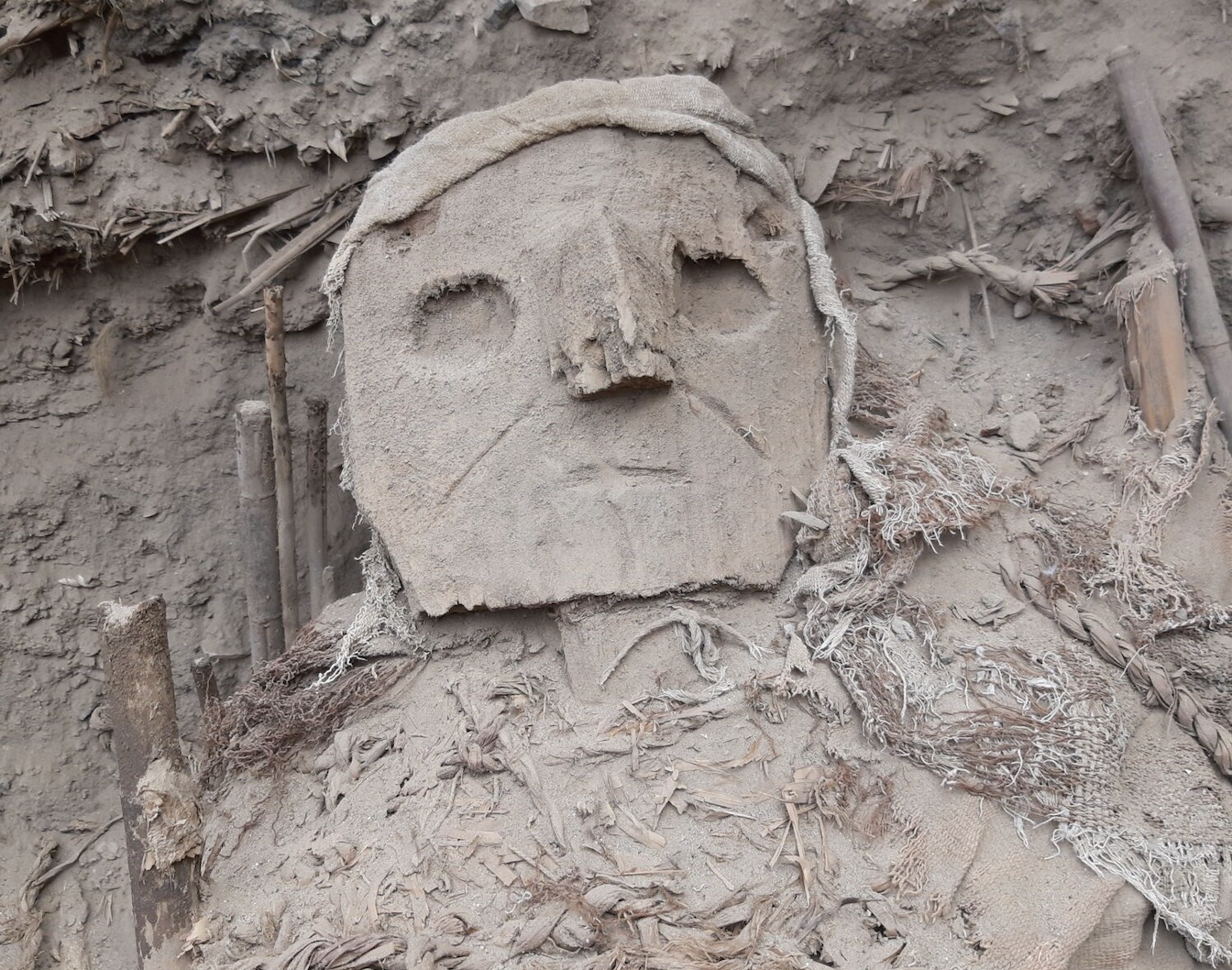Over 70 ancient mummies with false heads unearthed in Peru
Discovery offers a ‘veritable goldmine of information’, scientists say
Your support helps us to tell the story
From reproductive rights to climate change to Big Tech, The Independent is on the ground when the story is developing. Whether it's investigating the financials of Elon Musk's pro-Trump PAC or producing our latest documentary, 'The A Word', which shines a light on the American women fighting for reproductive rights, we know how important it is to parse out the facts from the messaging.
At such a critical moment in US history, we need reporters on the ground. Your donation allows us to keep sending journalists to speak to both sides of the story.
The Independent is trusted by Americans across the entire political spectrum. And unlike many other quality news outlets, we choose not to lock Americans out of our reporting and analysis with paywalls. We believe quality journalism should be available to everyone, paid for by those who can afford it.
Your support makes all the difference.Archaeologists have unearthed 73 strange mummies in Peru, some with carved masks, from different time periods ranging from around AD800 to AD1100.
The mummies were found in funerary bundles in a “spectacular” state of preservation at Pachacamac – the site of an extensive complex of cemeteries dating to the expansion period of the Wari empire.
Some of the mummies came with masks made of carved wood and ceramics, on so-called “false heads”, meant to give the dead a lifelike presence as they moved to the “world of the ancestors”, say researchers from the University of Warsaw.
Mummified bundles unearthed in the recent dig also came wrapped in fabric and rope, some of which were also colourful.
The deceased were believed to move to the realm of their ancestors under the condition that “family members did their duty and prepared the deceased to continue living”, researchers say.
“This duty to ensure the continuity of life after life to one’s immediate ancestors was taken very seriously.”

Near the mummified remains, archaeologists also discovered two wooden staffs with images of dignitaries of the Wari empire.
These staffs were found in a layer that was covered with fragments of spiny oyster shells, which archaeologists suspect were likely imported from modern-day Ecuador.
While the site was discovered previously as early as the 19th century by archaeologists, it came under systematic destruction during colonial times and by grave robbers before more detailed studies could be done.
The latest discovery would be key to determining the role of the presumed conquest of the Wari empire in the cultural development of the pre-Hispanic Andes and its subsequent history, researchers say.
Archaeologists now suspect that Pachacamac may not have functioned continuously as a sacred city until the Spanish conquest as was previously thought.
The recent digs indicates the site had a different plan and character during the period of the Wari empire.
Researchers call the new find a “veritable goldmine of information on the social position of men, women, and children” in the Wari empire.

Join our commenting forum
Join thought-provoking conversations, follow other Independent readers and see their replies
Comments